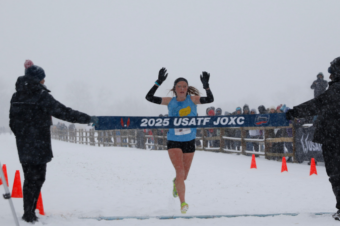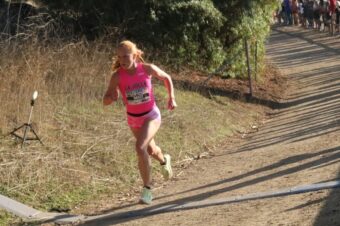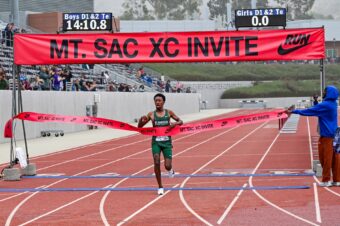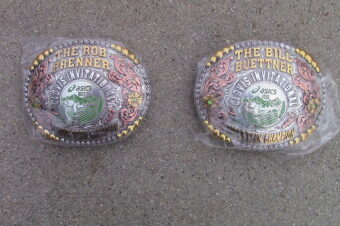In-Season Training Is Not a Luxury It’s a Necessity
Health & Fitness February 13, 2012 SportStars 0
TRAINING TIME: TIM RUDD FOR IYCA
High school athletes who are in-season must budget their time extremely carefully. For most competitive athletes the time and energy commitment needed to succeed is very intense. Many athletes assume they will not have the time to train even for a single hour a week with their busy schedule.
But like anything else, you should always find an hour or two to devote to something that is vital to your success. If you are a coach or serious athlete who wants to succeed, you should know that in-season training has a pretty strong list of reasons why it can give you or your team a big competitive advantage.
#1. Injury Reduction. Most non-contact injuries occur when athletes either lack strength or conditioning later in the season. Fatigued athletes are at greater risk for injury “” and the same goes for weaker athletes. In-season training helps maintain the efficiency in which the athletes move by maintaining movement quality through the ankles, hips and shoulders that can erode during the season.
#2. Performing at a high level throughout the season. In-season programs maintain an athlete’s movement quality, as mentioned above, along with strength, speed and power gained in the offseason.
Together these form the base of an efficient and high performing athlete throughout a season. The fact is athletes and teams who consistently train during the season will have a huge advantage. Those athletes who maintain or gain strength, power and explosiveness in-season will distance themselves from the pack. They will continue to improve the qualities that are vital for performing at a top level and will get closer to their true athletic potential.
#3. Improved recovery. Some athletes just assume that in-season training is just going to beat them up. This couldn’t be further from the truth. In-season training still focuses on high intensity but at much lower volumes. In-season program should include recovery strategies such as self-myofascial release, stretching and mobility.
Your athletes will have more, not less, energy. Foam rolling and stretching increases blood flow to overworked muscles, allowing for quicker recovery from exhausting practices and games. Workouts that emphasize lower volumes of intensity will keep your athlete’s nervous system more alert and energized. The combined result is your athletes will feel fresher during the toughest parts of their schedule.
#4. It strengthens your athlete’s resolve. The more proactive an athlete is in their own success, the more likely it is they will sacrifice to achieve a goal.
On an individual level, the simple act of prioritizing a workout in-season sends a powerful subconscious message that they are willing to go above and beyond to achieve excellence. Imagine the impact of an entire team that willingly works on their development during the season while their competition gets more worn down with each passing week.
Here are some keys to the in-season training program.
1. Get frequent workouts (realistically 2 per week) with higher intensities but lower volumes. Intensity is the key to training, not volume and this applies even more in-season. Never skip an in-season workout. A 15-minute, one set workout is better in the long run than a missed day.
2. Work lower body strength and power in-season. Don’t “save the legs”. If you save them in September, they will fail you in November. Hhigh intensity, low volume. One or two sets of an Olympic lift and one or two sets of a squat or variation can go a long way.
Bottom line. Quick workouts with an emphasis on higher intensity (heavier weight) lower body and lower volume (less sets).
High school athletes are balancing sports and academics during their season. Those who find a way to devote one to two hours a week to improving their explosiveness, strength, conditioning, resolve and energy levels is a clear win “” for them and their team.
Tim Rudd is an IYCA specialist in youth conditioning and owner of Fit2TheCore.
SportStars
SportStars Magazine: High School Sports Articles Online SportStars is your go-to source for the very best high school sports articles in California. Player and team profiles, game coverage, health and fitness tips and the largest Camps, Clinics & Combine resource for athletes. We're the story behind the stats.









No comments so far.
Be first to leave comment below.